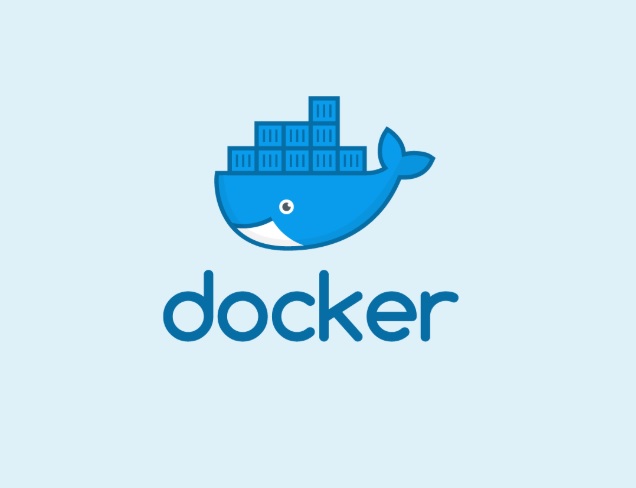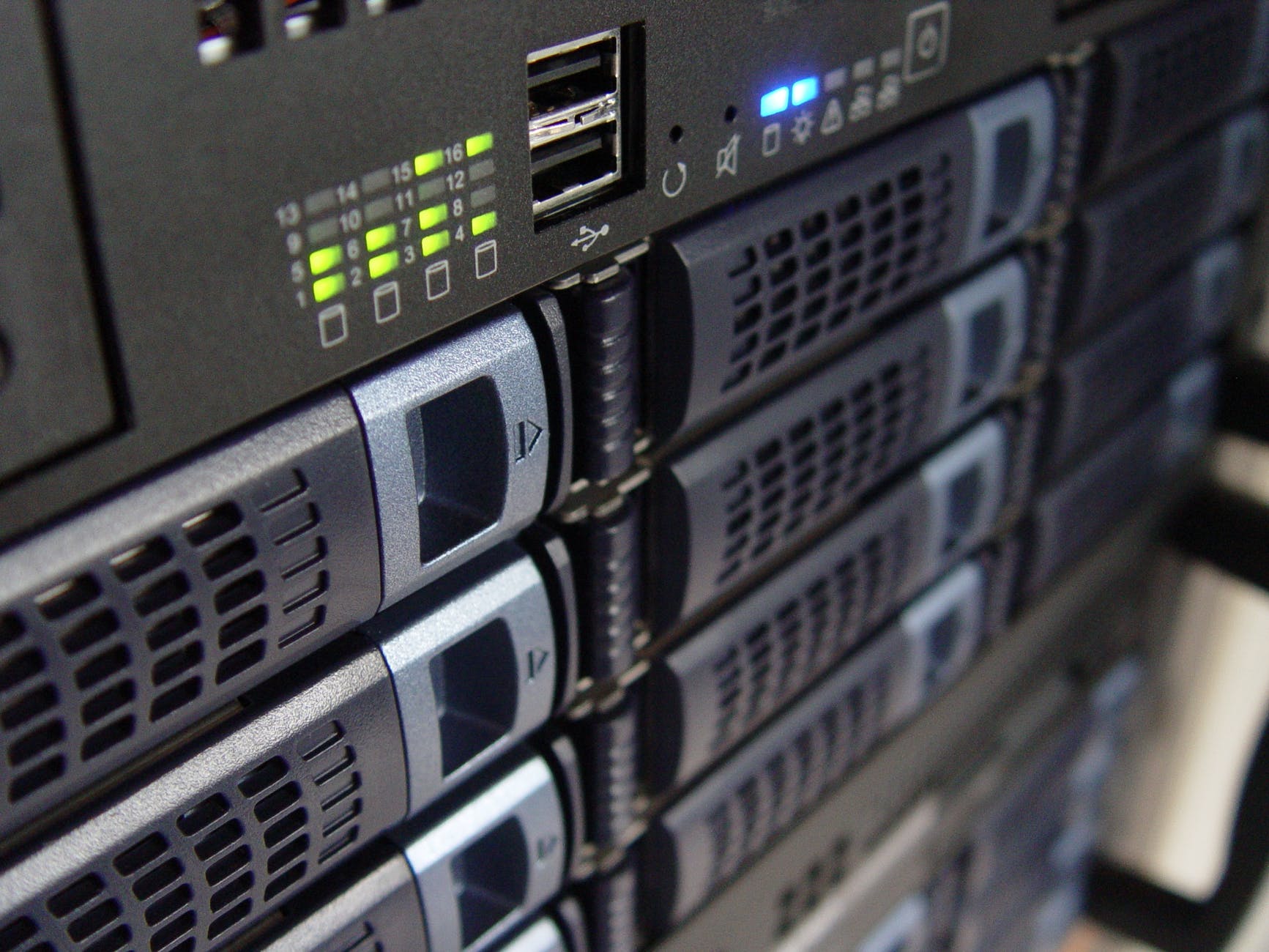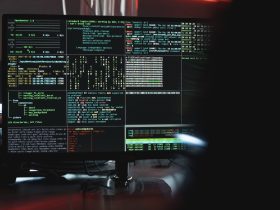
For manufacturers and transporters, the term container is more than just a word, it gives them consistency and the ability to organize. Well, relating to this, you must have related to Docker, acting the same in the technical world.
What is Docker?
Docker is a tool that uses containers to ease out the process of building, deploying, and running various applications. With a container, a developer can pack up everything like libraries and dependencies required for an application into a package and deploy the same. Containerizing an application makes the application platform-independent and the application can run easily on other machines without making any changes to settings. Sometimes, Docker is referred to as a virtual machine, but it is quite different. Unlike a virtual machine that creates a completely virtual operating system for the purpose, Docker provides the same kernel as that of the current system for the application along with the required installations that are not on the host system. This makes Docker efficient in terms of performance and size. The best thing about Docker is, it is open source and extends itself by allowing contribution from anyone.
Must Read: Docker Security Features Explained
Who can use Docker?
Docker is beneficial both to developers and system admins and thus is a part of a much DevOps chain. For developers, it gives them the freedom to write programs without worrying about the platform it is supposed to run and also take into consideration programs already in the container. For operations staff, it allows flexibility and lessens the number of systems needed for the apps.
Understanding Docker
Docker, as you know benefits both dev and ops, it makes use of containers to isolate various processes. Processes otherwise referred to as PIDs on a host require memory, CPU, network access, and disk access. The environment on which the applications are supposed to run includes specific executables, specific libraries, and a specific standard C library (libc). The connection of the processes with the kernel is done through abstractly using libc.
You can set up processes in various ways. If you are looking for an alternative version of libc you can take the help of a change root (chroot). For a constraint memory, you can use kernel control groups (cgroups) as it is a feature-rich option. Virtual machines can be an answer to many doubts, but if you have a lot to do at a time, you can choose Docker over everything.
The use of Docker makes it easier for the developers and the system admins to function properly with the many familiar problems they mostly come across. Having a standard image format, both the teams can view all the servers the same.
What is an image?
An image is portable that can be pushed to a registry or saved as a zip file. It is made in layers, and static.
What is a container?
A container is a runtime environment for various processes, which is writable acting as ephemeral storage and is layered over an image. Containers can essentially be considered as builder – to build a container, engine – to run the container and orchestration – to manage all the containers.
Basic Docker
Docker 101
$> docker run busybox echo ‘Hello, World!’ Hello, World!
It is telling the docker to run the busybox image. In case the image is not present, the docker will try to fetch it from the public Docker hub and set up the layers of the busybox image with the cgroups and namespaces for this container, and executes echo ‘Hello, World!’`.
$> docker pull fedora
Using this command, the image named fedora can be directly fetched from the Docker hub.
$> docker images
This command will show images locally.
You can take the help of the command `docker help` to explore more docker commands.
On the other hand, you can always run a docker image interactively and commit the container later as an image for future use.
$> $ docker run fedora touch file
$> docker ps -l
CONTAINER ID IMAGE COMMAND CREATED STATUS NAMES
9626763a35f9 fedora:20 touch file 6s ago Exited (0) 3s prickly_goldstine
$> docker commit 9626763a35f9 my-touched-file
$> docker run my-touched-file ls -s /file
0 /file
A more programmatic way to commit images is Dockerfile: it has steps to prepare an image.
FROM fedora
RUN yum install -y mongodb-server && mkdir -p /data/db
EXPOSE 27017
VOLUME [“/data/db”]
CMD mongod
After you work the above out, you run
$> docker build -t MongoDB.
This gives you successful ‘mongodb’ image which you can run later
$> docker run -it -p 127.0.0.1:27017:27017 -v $(pwd)/db:/data/db mongodb
Must Read: Learn About Docker Orchestration, Main Components Of Kubernetes And More
Advantages of Docker
- Portability: For a developer, when you are done with your containerized application, you can deploy it to any system with an already running Docker. Irrespective of the system, your application will run smoothly.
- Performance: You always have Virtual Machines as an alternative, but containers having comparatively smaller footprints are faster to create, and quicker to start.
- Agility: Taking the advantage of portability and performance, your development process can be more agile and responsive. The use of Enterprise Developer Build Tools for Windows enhances the continuous integration and delivery processes.
- Isolation: A Docker container also includes related versions of any supporting software as per the requirement of your app. Also, even if the container has apps that need different versions of the same supporting software, it is all okay as the containers are completely independent of one another. This means that you can go through the SDLC, you can be sure that the images you have created at each step will behave the same way in the end.
- Scalability: As per the requirement of your app, you can create new containers that can be easily managed by a range of container management options.







Leave a Reply